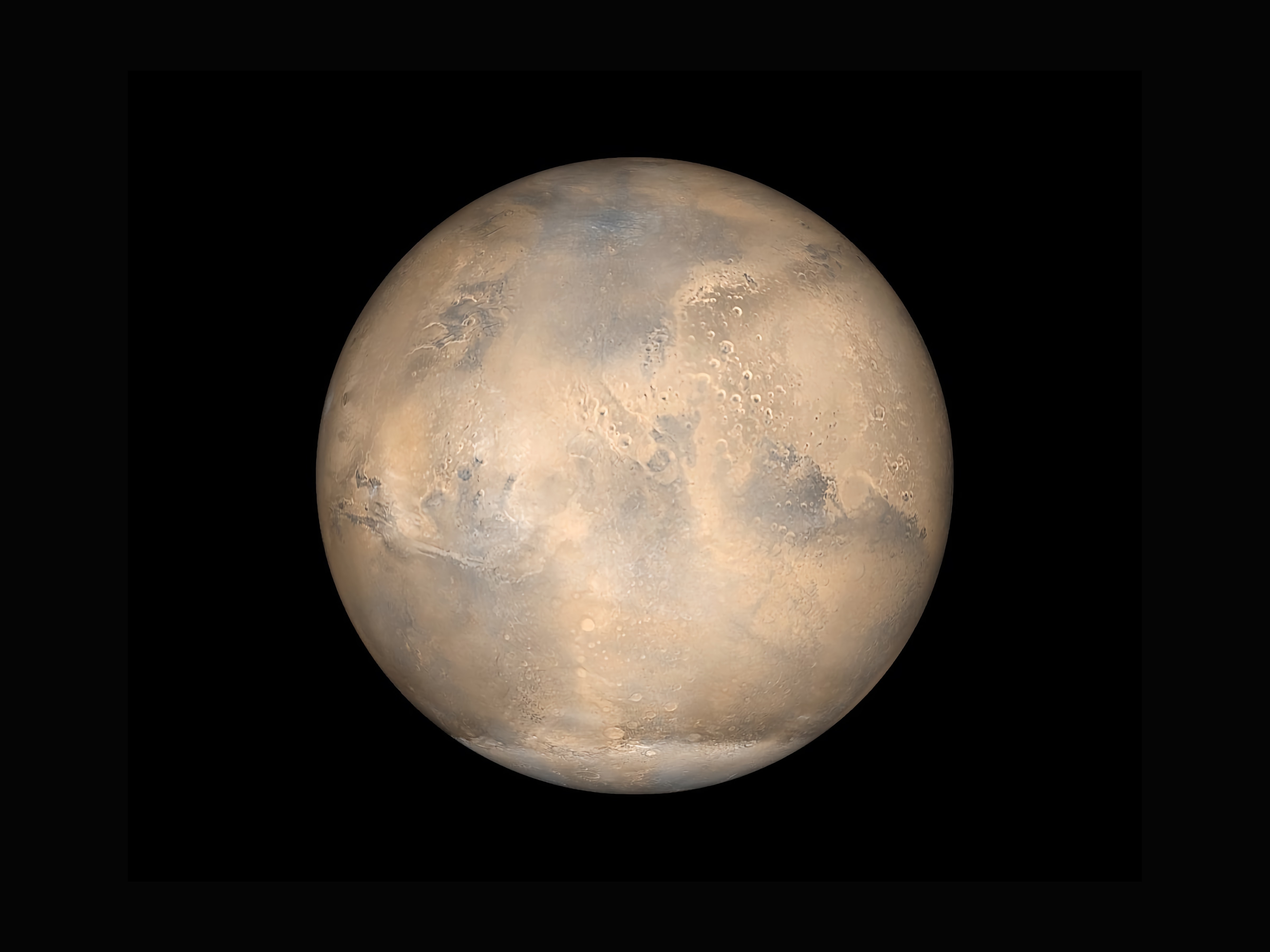
In 2018 NASA's Insight lander landed on Mars to gather data. The probe carries a seismometer that can measure very tiny vibrations and "marsquakes". So far, it has recorded 733 marsquakes. Thanks to the data, scientists have now drawn conclusions about the compounds of Mars. In three articles published in the journal Science, researchers from Cambridge lays out the new findings.
One of the things that the probe helped discover was that the heart of Mars is made up of large proportions of sulphur and other lighter materials. Mars' core radius is estimated to be 1,830 km, roughly half the planet's total radius; this is much bigger than scientists thought. Because of the size of the radius and the compound of the core, they also concluded that it is unlikely that Mars has the same iron, solid core as the earth does. This may explain other quirks about Mars, like that it does not have a strong magnetic field that surrounds it, like earth.
Planets are made out of layers. Earth's crust, together with the mantle directly below the crust, is called the lithospheric plates. These plates are rigid and can move. Underneath this layer is a liquid one. But Mars, as it seems, does not have the liquid layer. Scientists determined, with the data from the probe, that Mars's lithospheric plates are between 400 km and 600 km thick- this means that they are way thicker than the lithospheric layers on earth. This may explain why Mars lost its heat, according to an article in Scientific American.
Most of the marsquakes come from an area called Cerberus Fossae, and the biggest quakes that have been measured are a 4 on the momentum magnitude scale. Scientists hope to hear a bigger one in the forthcoming future because a bigger quake would provide more valuable data.




